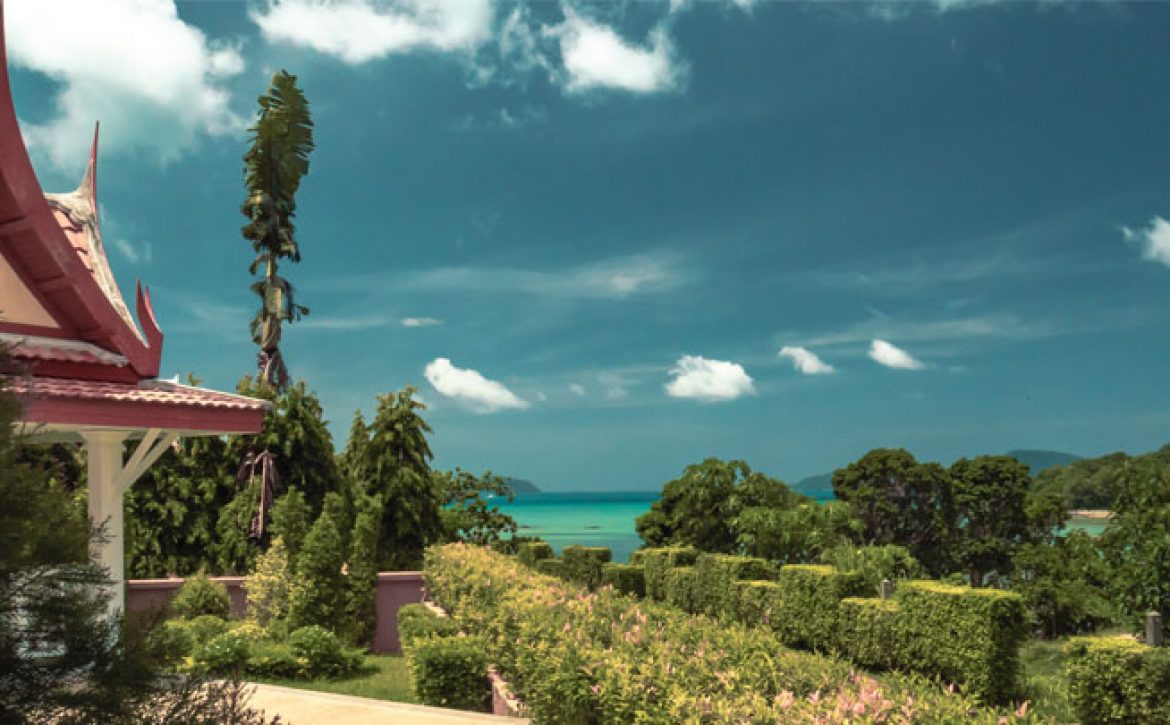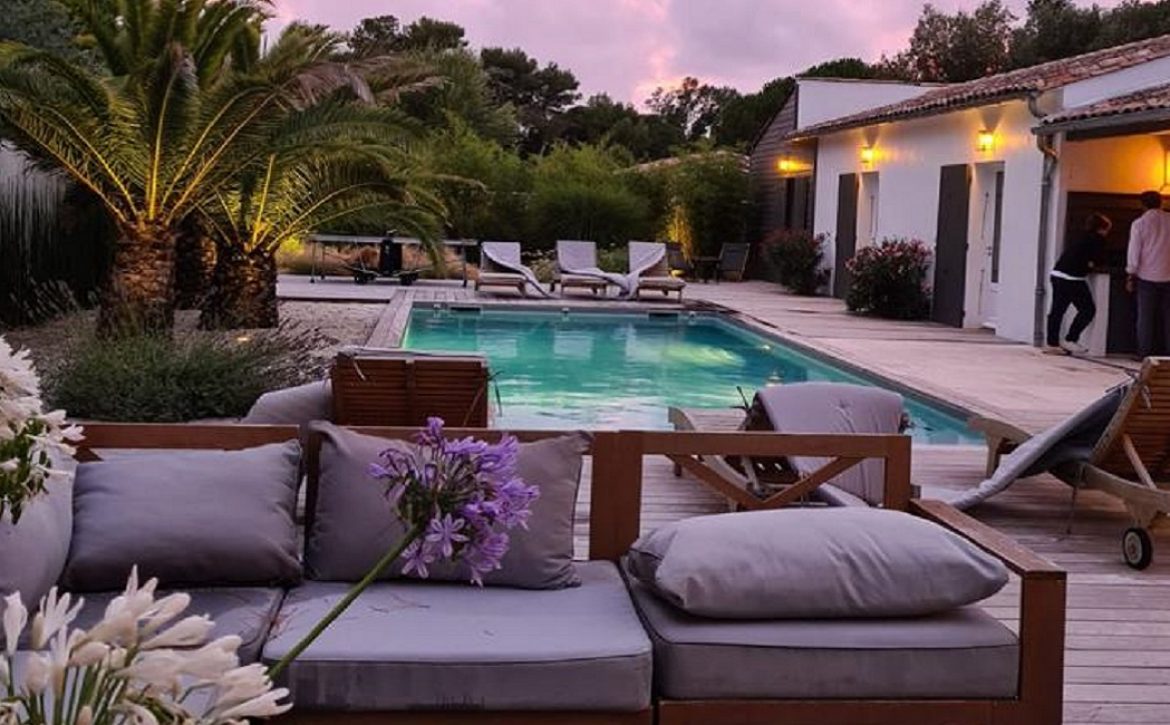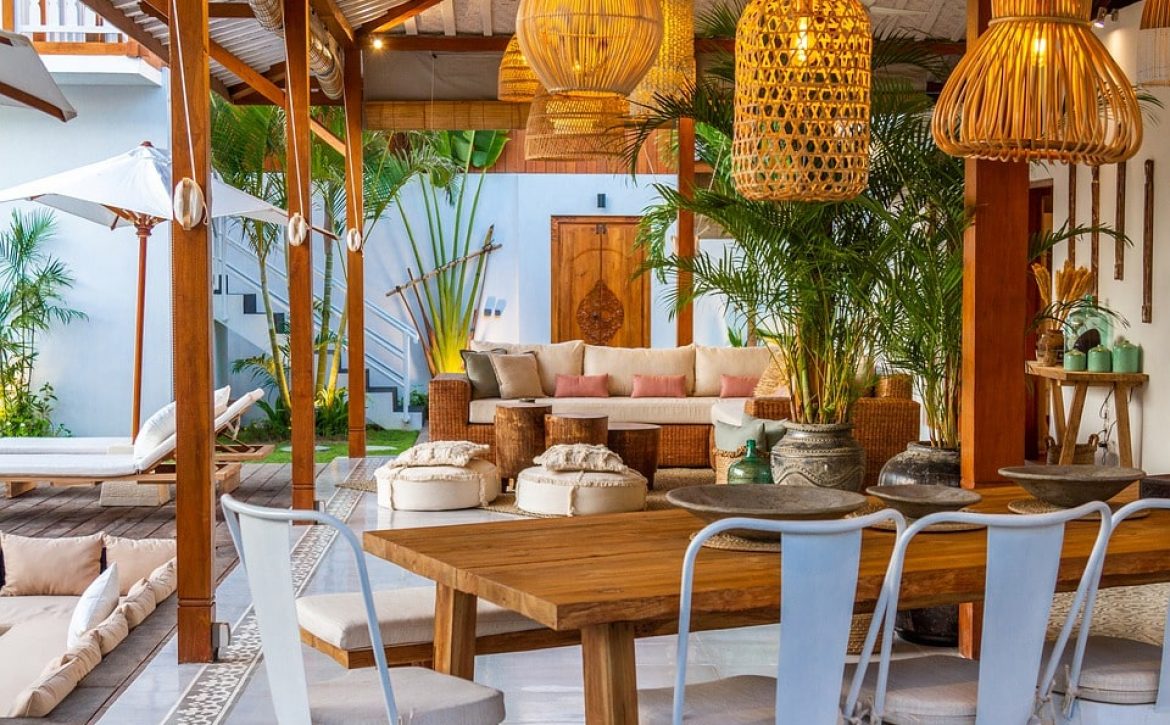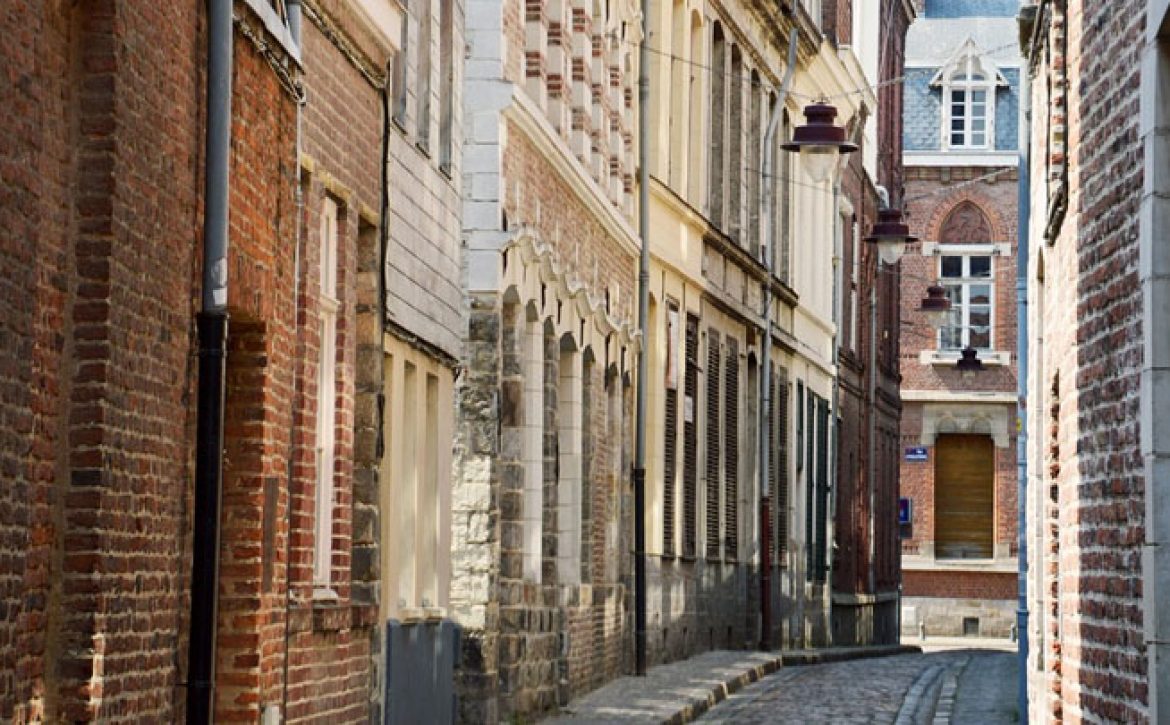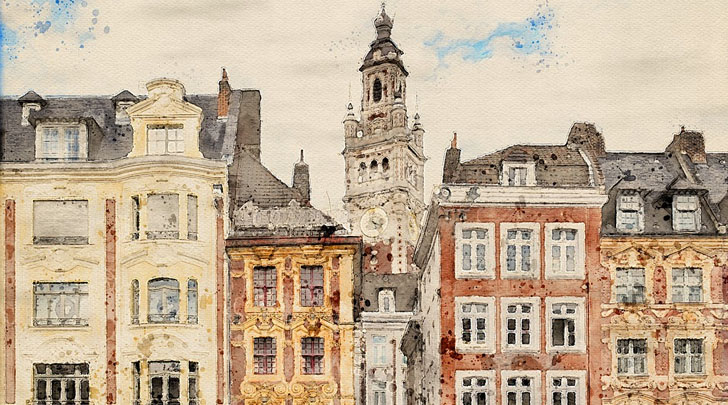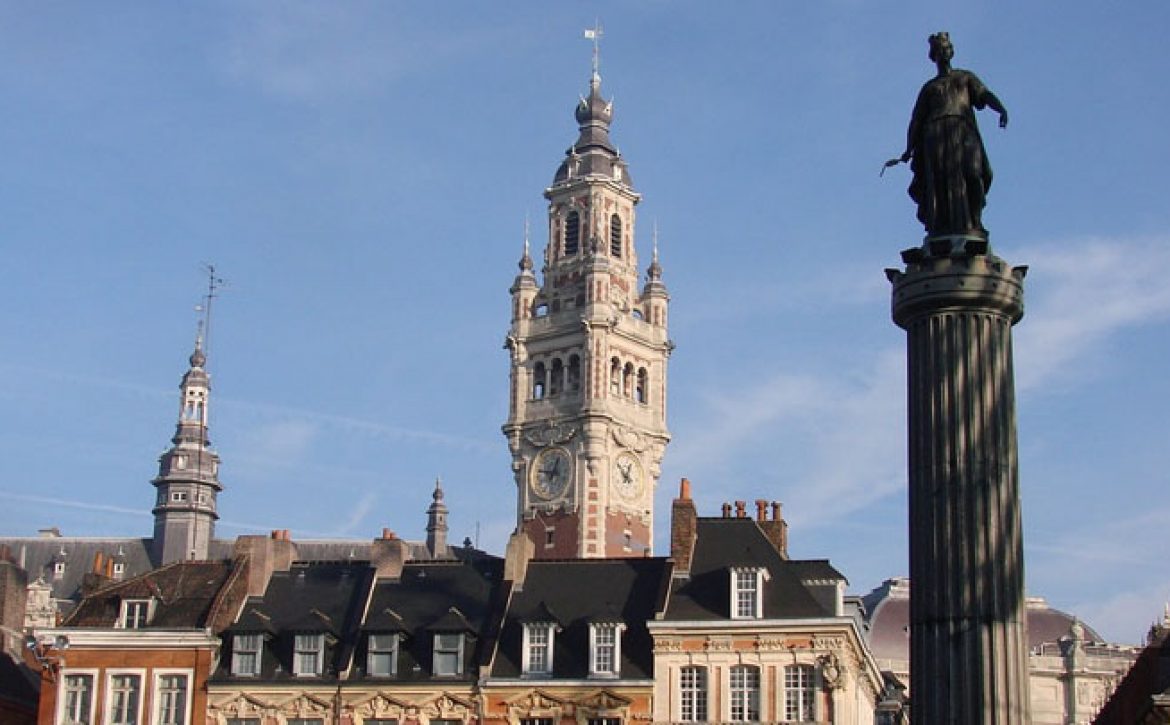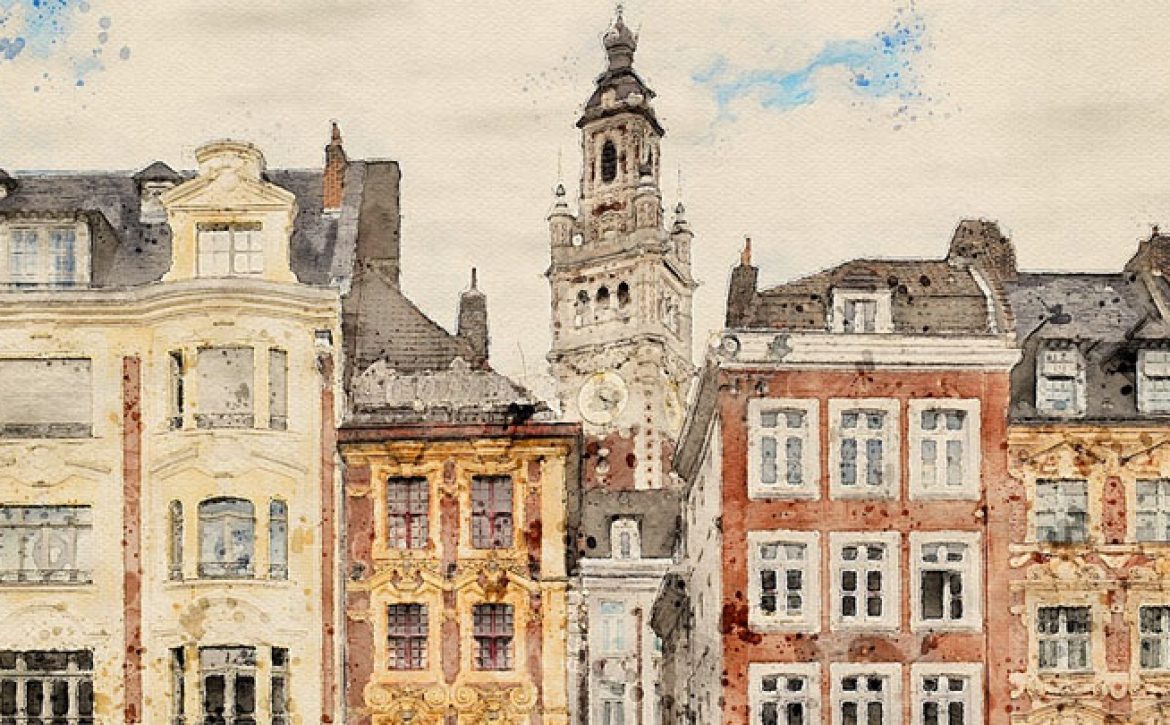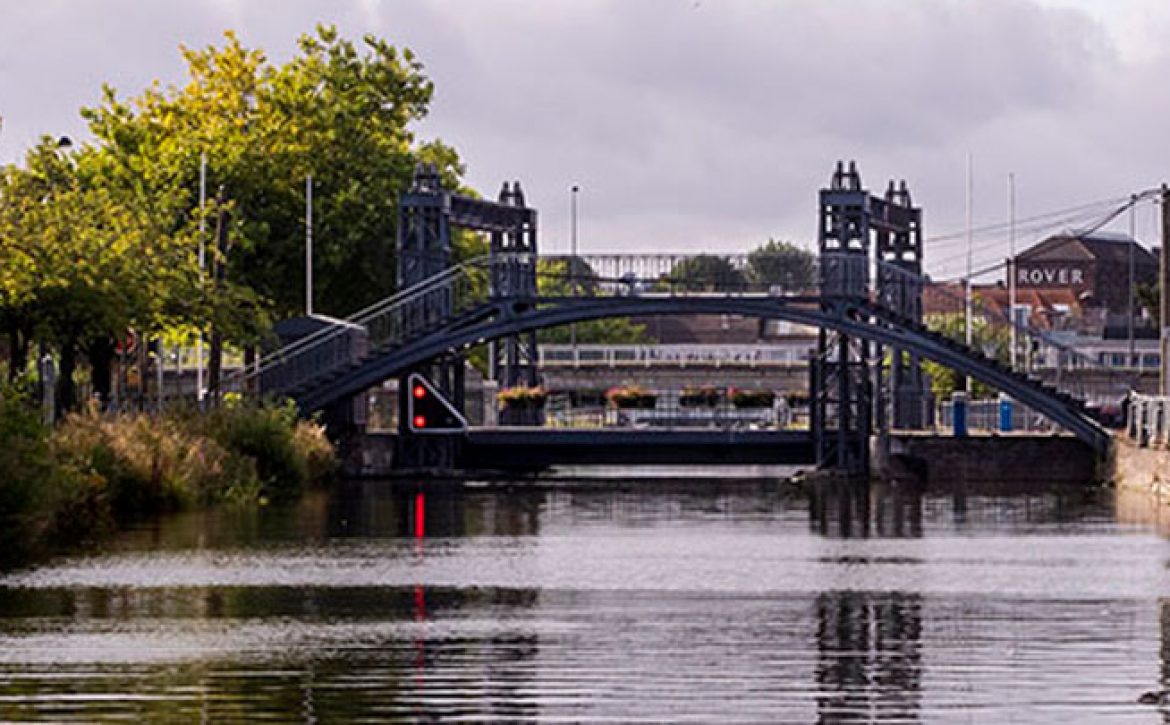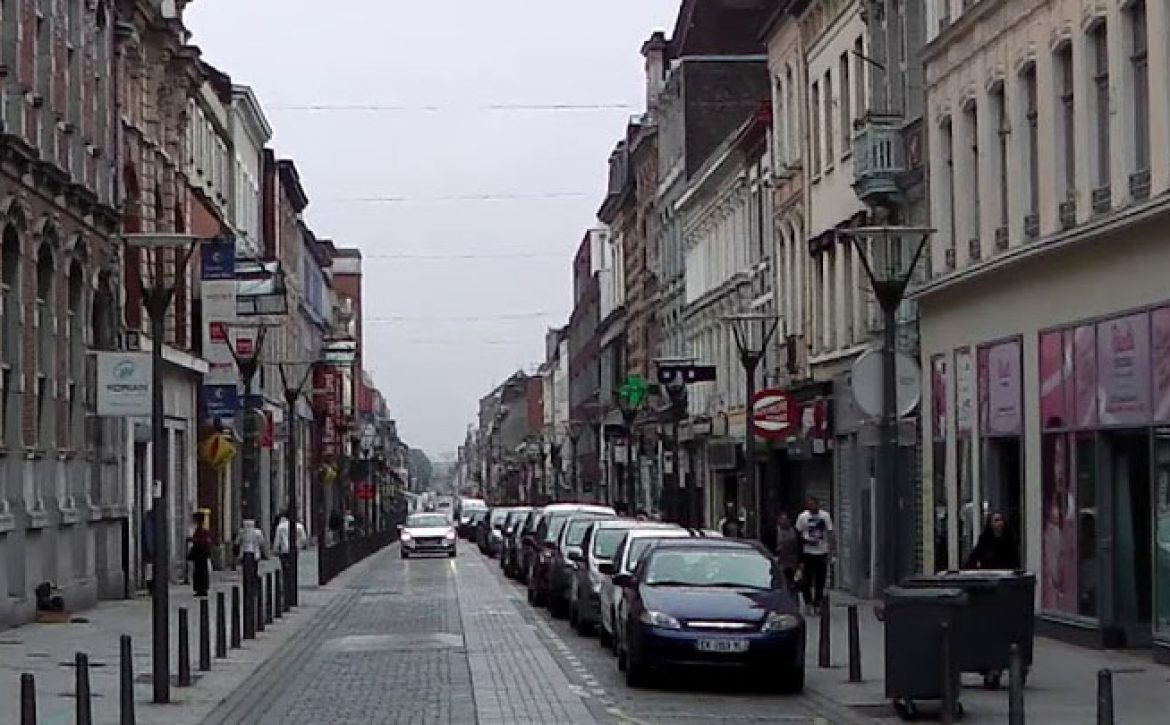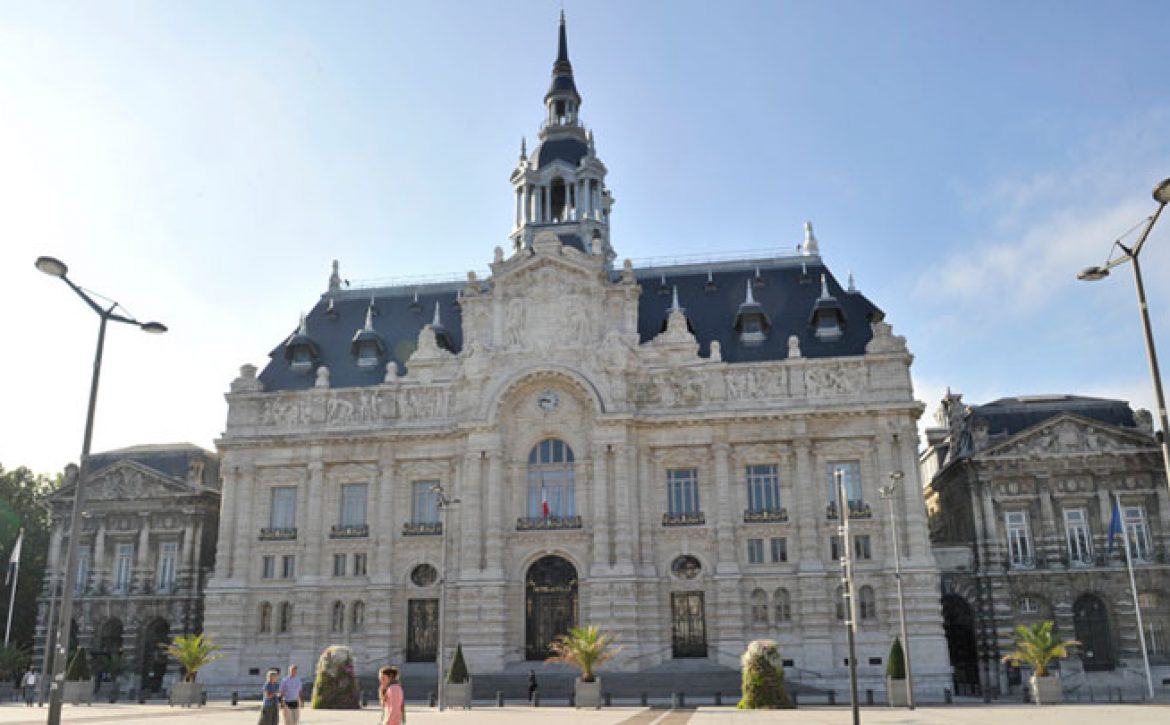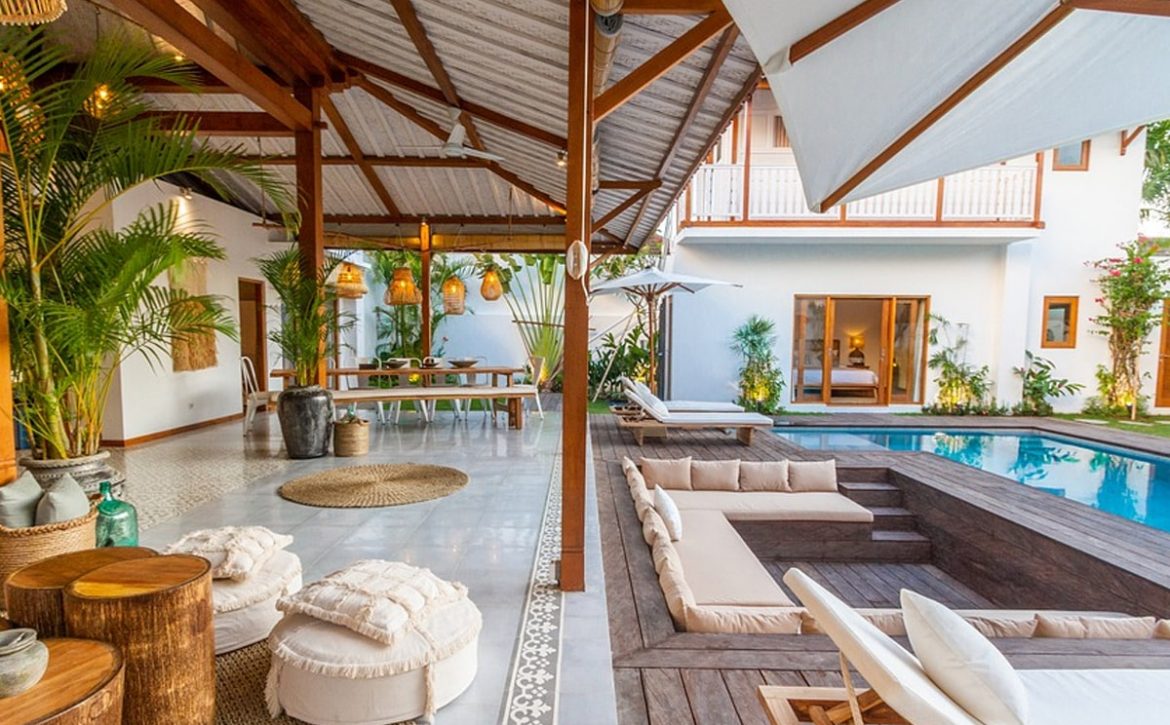The Urgent Need for Sustainability in Luxury Travel
The luxury travel industry, long associated with opulence and exclusivity, is undergoing a seismic shift. Discerning travelers now demand more than just indulgence—they seek experiences that align with their values of sustainability and responsibility. With climate change accelerating, luxury tourism must adapt to a carbon-neutral future to remain relevant and viable.
Why Carbon Neutrality is Essential for Luxury Travel
- Consumer Demand is Shifting
- High-net-worth individuals (HNWIs) and affluent travelers are prioritizing eco-conscious experiences. A growing segment of luxury travelers prefers properties and services that actively reduce their carbon footprint. Brands that fail to integrate sustainability risk losing their elite clientele.
- Regulatory Pressures & Global Initiatives
- Governments and international organizations are enforcing stricter sustainability regulations. The aviation industry, private estates, and hospitality providers face increasing scrutiny to reduce emissions and adopt sustainable practices.
- Impact of Climate Change on Destinations
- Many iconic luxury travel destinations are at risk due to rising sea levels, extreme weather, and ecosystem degradation. The Maldives, Venice, and tropical islands worldwide are facing existential threats. Luxury tourism must pivot to carbon neutrality to help preserve these locations.
Key Strategies for a Carbon-Neutral Luxury Travel Industry
1. Sustainable Luxury Accommodations
The next generation of high-end resorts and villas must integrate sustainability without compromising on elegance. This includes:
- Net-zero energy properties using solar, wind, and geothermal energy.
- Sustainable construction materials like reclaimed wood, bamboo, and non-toxic finishes.
- Plastic-free policies and advanced waste management systems.
- Water conservation initiatives, including rainwater harvesting and desalination plants.
2. Innovative Carbon Offsetting Programs
Carbon offsetting must go beyond generic tree-planting projects. The luxury sector can lead by:
- Investing in verified carbon credits that fund large-scale reforestation and renewable energy projects.
- Supporting ocean-based carbon sequestration, such as kelp farms and coral restoration.
- Encouraging direct carbon offset contributions from travelers at the time of booking.
- Leveraging blockchain technology for transparency in offset investments.
3. Revolutionizing Private Aviation & Transportation
Private jets, yachts, and luxury cars are major contributors to carbon emissions in high-end travel. Industry leaders must adopt:
- Sustainable Aviation Fuel (SAF) to reduce emissions from private flights.
- Electric and hydrogen-powered luxury yachts to minimize marine pollution.
- EV-exclusive luxury transport services for seamless eco-conscious travel.
- High-speed rail and alternative transportation options for regional luxury tourism.
4. Elevating Eco-Luxury Experiences
Luxury travel must redefine experiences to align with sustainability goals:
- Eco-conscious wellness retreats integrating holistic therapies, organic cuisine, and nature-based experiences.
- Private island conservation initiatives, where guests actively participate in marine and wildlife preservation.
- Ultra-luxury regenerative tourism, where travelers contribute to local environmental and social projects.
- Cultural immersion with ethical tourism, supporting indigenous communities and artisans.
5. Tech-Driven Sustainability in Hospitality
Technology is a game-changer for the luxury sector’s sustainability efforts:
- AI-powered energy management systems optimize water and electricity usage.
- Smart villas and hotels with automated lighting, HVAC, and waste tracking.
- Wearable devices and apps to help travelers track and minimize their environmental impact.
- Sustainable gastronomy innovations, including lab-grown luxury meats and vertical farming.
The Future of Sustainable Luxury Travel
The demand for carbon-neutral luxury travel will only intensify as environmental awareness grows. The industry must move beyond marketing sustainability as a trend and fully integrate it into operations. By adopting bold initiatives, the luxury sector can maintain its exclusivity while becoming a force for global environmental change. Forward-thinking brands that embrace sustainability today will define the future of high-end travel tomorrow.
Conclusion: A New Era for Luxury Travel Luxury and sustainability are no longer opposing concepts. The future belongs to eco-conscious luxury brands that innovate, adapt, and lead the charge toward a carbon-neutral world. For travelers and industry leaders alike, the time to act is now.

